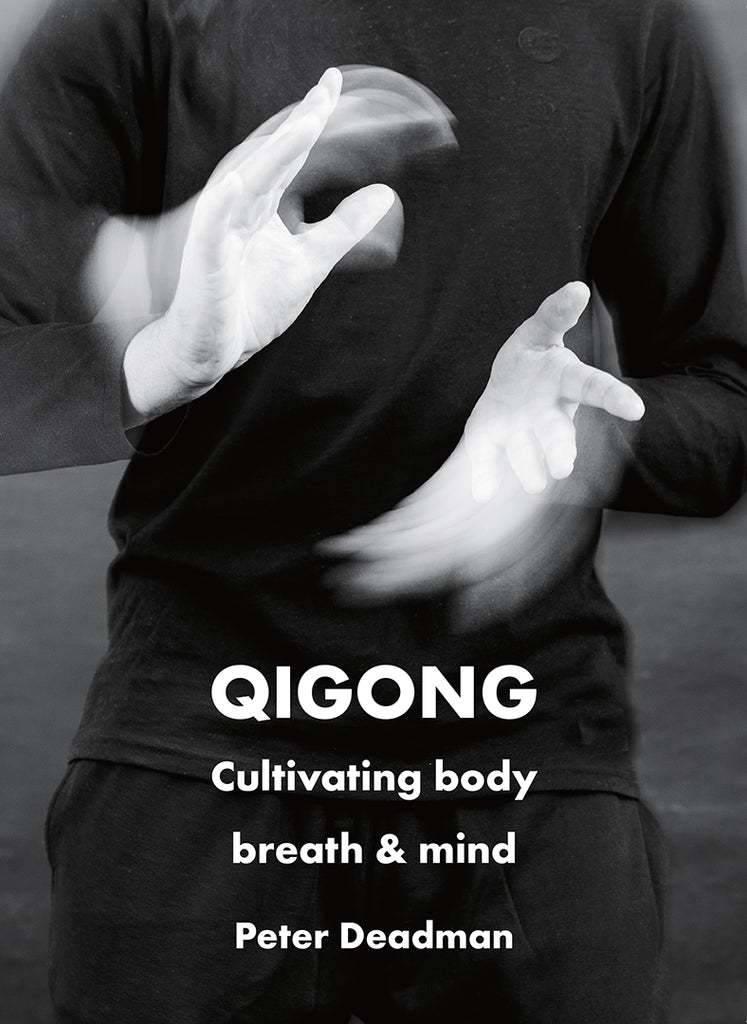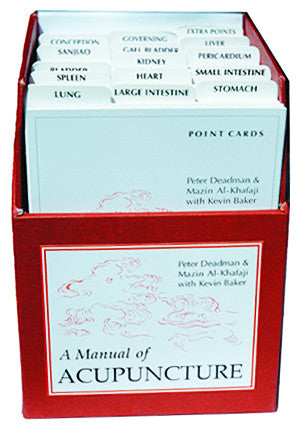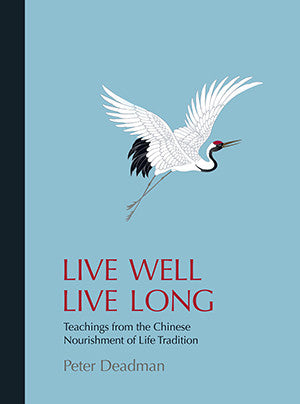
42 videos
Smyth-sewn softcover
ISBN: 978-1-3999-6863-8
Qigong: Cultivating body, breath & mind
- PDF This eBook is available exclusively as a PDF and is readable with the free Javelin PDF Reader, accessible from your Account page after purchase. See eBook FAQs for details.
Description
This is a book about qigong – a time-tested practice that blends skilful movement, mindful absorption and deep, slow breathing. While firmly rooted in the Chinese tradition, I hope that it will also serve as a manual for exploring the wider world of mindful movement.
My aim is to make this transformative practice better known. I have attempted to explain where it comes from, the philosophies behind it and the growing body of scientific research that illuminates it. I have drawn from my fifty-year experience of working in the field of Chinese medicine, my decades of qigong practice and my study of yangsheng — the 2,500 year old Nourishment of Life tradition. For those interested in learning more, my book Live Well Live Long: Teachings from the Chinese Nourishment of Life Tradition can be read as a companion to this one. Because trying to learn qigong from illustrations and written instructions is challenging, I have included links throughout this book to dozens of demonstration videos. I hope this will encourage readers to go ahead and try it out. Regular and committed practice will slowly reveal a treasure that keeps on giving – year after year and decade after decade, a treasure which can truly change our lives.
The cultivation and integration of body, breath and mind has been practised in China since the beginning of recorded history nearly two and a half thousand years ago. For some it was a way of improving health and lengthening lifespan. Martial artists practised to improve their fighting skills. Daoists sought transformation and a merging with the Dao, Buddhists with Sunyata (‘emptiness’) and Confucians with the Way of Heaven. Teachers of the art of yangsheng encouraged their fellow literati to rouse themselves from lazy and indulgent lifestyles, while for traditional medicine doctors it was a way of preventing disease and supporting treatment.
Some of its practitioners favoured quietness, stillness and deep presence. They practised breath control, visualisation, mantra recitation, sexual cultivation and internal alchemy. Others were drawn to the more physical rewards of a strong, aligned and balanced body, and especially to ‘internal’ martial arts such as taijiquan (tai chi) — the training of soft but powerful movement. Yet all of these practitioners, in one way or another, were working within the same tradition.
Given this variety of intentions it is no surprise that a host of different names was used throughout its history. Ever since the 1950s, however, the name qigong (or sometimes the ‘internal arts’) has largely supplanted most of them and serves as an umbrella term for many of these varied approaches.
Qigong needs no special equipment or special clothes, is free, and can be practised anywhere - from a mountain top to a bedroom. Its aim is better health, longer life, connection to something greater than ourselves and effective and compassionate action. It can enhance every aspect of our lives.
Those of us committed to its practice know what a rich gift it is. It is my hope that this book will go some way to explaining why slow, mindful movement is so good for us. I also hope to instil in others the same love of qigong that has inspired me for over three decades.
— FROM THE PREFACE
Contents
Chapter One: Fundamental theories
Chapter Two: Cultivating the body
Chapter Three: Cultivating the breath
Chapter Four: Cultivating the mind and emotions
Chapter Five: Yinyang in qigong
Chapter Six: History of self-cultivation practices
Chapter Seven : Qigong styles and forms
Chapter Eight: About practice and other reflections
Chapter Nine: Acupuncture points
Chapter Ten: Qigong and tai chi research
Chapter Eleven: The black and the white pearl
Further reading
References
Index
Videos index
About the author
Reviews
"How do you write a good book on qigong? Having read many on the subject, I have concluded that writing on this subtle, experiential art that originated from another culture can be devilishly hard. This is perhaps not surprising given that its central tenet—qi—remains so richly controversial. ... Humility and humour aside, one thing that marks this book out as a keeper is its effortless synthesis of intellectual rigour with transmission of authentic traditional practice. In a spirit similar to the author’s Live Well, Live Long, traditional wisdom is juxtaposed with modern scientific knowledge in a way in which each can illuminate the other. ... The book is liberally sprinkled with quotes in which martial artists, philosophers, scientists and artists of every description have been assembled to contribute to the elucidation of qigong practice. ... I appreciate the real-world pragmatism of this book. It is for qigong practitioners who live in the world—people with jobs, people who get tired, who may be sceptical of flaky Orientalist claptrap and people who have other interests beyond qigong.”
—Daniel Maxwell, excerpted from The Journal of Chinese Medicine
READ THE FULL REVIEW BY DANIEL MAXWELL (PDF)
“Drawing on his 50 years of training in Chinese medicine, Peter Deadman has crafted a rich, comprehensive, and timely book on qigong. Written and laid out beautifully, it comprehensively and insightfully weaves together its core principles, its roots in traditional Chinese medicine and culture, the scientific evidence of its many therapeutic benefits, and a practical set of training skills including links to multiple online training programs. This book is an invaluable resource both for those wish to begin to learn about qigong, as well as those who are already deeply committed to these practices.”
—Peter Wayne, PhD., Associate Professor of Medicine, Harvard Medical School Author of Harvard Medical School Guide to Tai Chi
“With this book and accompanying videos, people will learn authentic qigong and will develop the capacity to judge whether any instruction they receive elsewhere is solid, legitimate and grounded in East Asia’s rich and profound health culture. Peter Deadman has written THE qigong book, a work that is as encyclopedic as it is practical, as wise as it is humorous, and as rooted in science as it is steeped in ancient common sense.”
—Kaz Wegmuller, Author, Acupuncture for Curious People
“Peter Deadman has written a thorough and approachable book in which he makes connections between qigong and modern research on exercise, health and physiology in a way that enhances and elevates our understanding. The accompanying videos give the reader an opportunity to immediately experience and practise a variety of qigong exercises, thereby bridging the gap between theory and practice.”
—Tom Bisio , Founder Internal Arts International



